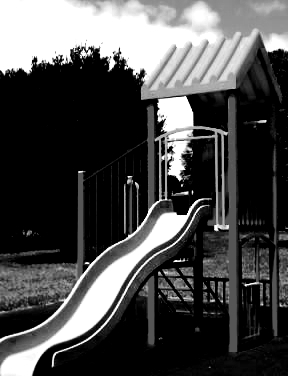Push to cut kids' injury rate

Each year around 68,000 children are hospitalised for injuries in Australia, costing about $210,000,000 annually.
Injury is the leading cause of death among children aged 1 to 16 years in Australia. In the 10 years to 2012 there were 1,759 injury-related deaths among children in this age group.
One in four injuries occurred in the home, while falls from playgrounds and transport incidents caused the most injury-related hospitalisations.
A new report provides the first national profile of childhood injury in Australia, accompanied by nine recommendations to government.
“Australia’s injury prevention plan expired three years ago and we urgently need to reduce the burden of suffering and deaths arising from childhood injuries,” said the report’s co-author, Professor Kate Curtis from the University of Sydney.
“Childhood injury rates have not reduced over the past 10 years and deaths have increased from 108 to 149 deaths per year. An injury can happen in the blink of an eye and can be life-changing. Even when their wounds have healed, injured kids often face ongoing issues such as chronic pain, physical limitations and psychological issues,” she said.
In addition to calling for a national injury prevention plan, the report’s authors say Australia needs a routine injury surveillance system using real time access to hospital record data.
“We recommend routine injury surveillance commence as soon as possible, and in real time, so that injury prevention strategies can be informed, targeted and evaluated with timely, robust data,” said report co-author, Associate Professor Rebecca Mitchell of Macquarie University.
“There is presently no such capability and the logistics of linking national hospitalisation and mortality data to compile this new report were convoluted and took four years to obtain.”
The authors have also called for:
- enhancing the Australian Trauma Quality Improvement Program and the National Trauma Registry so that injured children get optimal care, no matter where they are injured or treated.
- funding injury family support coordinators in all paediatric trauma centres nationally to coordinate physical and psychosocial care of injured children and their families for two years from a child’s discharge from hospital.







 Print
Print